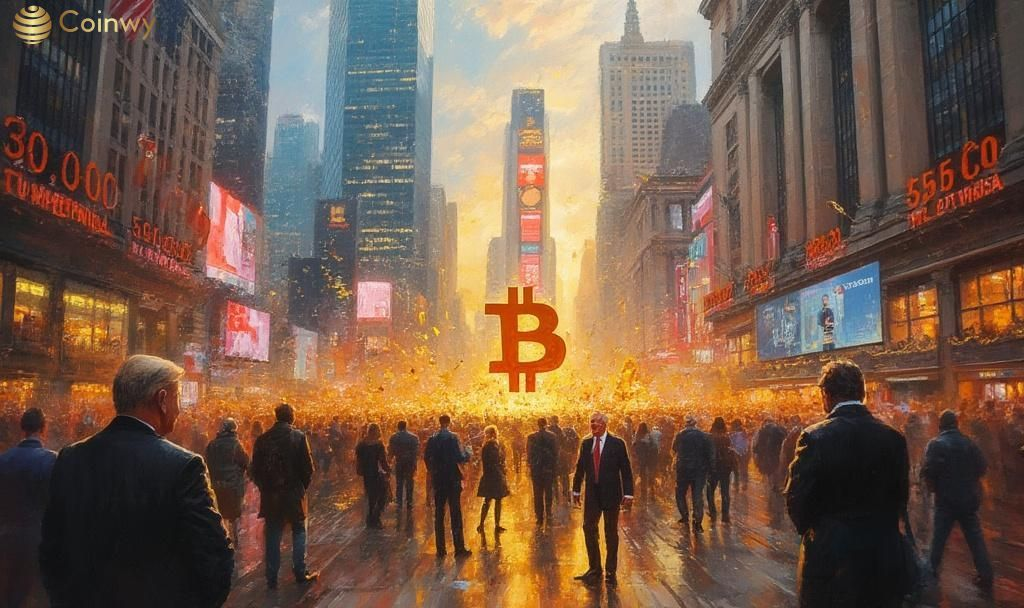- Bitcoin over $113,700 driven by institutional inflows.
- Institutional investors boost crypto markets.
- Political statements affect market volatility.
Bitcoin achieves a new all-time high above $113,700 today, fueled by significant institutional inflows and political influence, with figures like Donald Trump impacting market sentiment from the United States.
The event matters as it highlights the growing role of institutional investments in cryptocurrency and its impact on market dynamics. The rise in Bitcoin’s value has immediate market effects.
Bitcoin’s dramatic surge is attributed to significant net inflows into US spot Bitcoin ETFs, with BlackRock’s IBIT leading, reporting $125 million daily. Former President Donald Trump’s advocacy for rate cuts contributed to Bitcoin’s 30-minute price jump.
Institutional investors and nation-states are actively accumulating Bitcoin, adding to the bullish momentum. Companies like Strategy and Metaplanet are key drivers of this trend through corporate treasury adoption.
The surge has resulted in over $325 million in short liquidations, creating a short squeeze scenario. Bitcoin trading volumes have surpassed $66 billion, with broad gains across major coins such as Ethereum (ETH), Solana (SOL), and XRP.
Financial markets are responding to potential US rate cuts, affecting liquidity and investment sentiment. Although the SEC and CFTC have not provided new updates, the assumption of accommodative policies remains a significant macro driver.
Donald Trump, Former President of the United States, “The U.S. federal funds rate is ‘at least 3 points too high’; delaying cuts imposes an annual burden of $360 billion on refinancing costs.” (via Truth Social)
Current trends show a correlation with historical market behavior during times of ETF adoption and macroeconomic shifts, such as money supply expansion. The impact is spilling over into altcoins, reflected in their recent rises.
Bitcoin’s value increase is linked to both institutional activities and regulatory foresight, suggesting continued growth potential as ETFs attract more investment. Historical precedents support similar patterns of market response.






